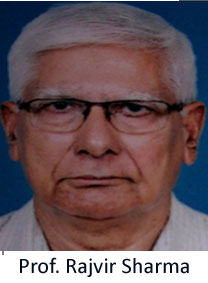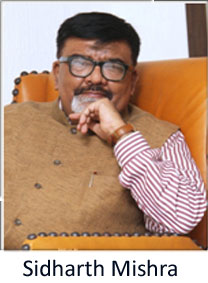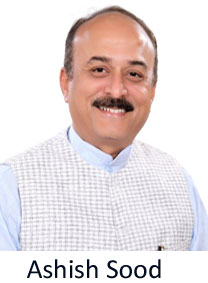On February 14, a local Kashmiri youth turned Jaish-e-Mohammed suicide bomber, blew the bus carrying India’s 40 CRPF security personal who were part of a convoy moving on NH44, in Pulwama district of Jammu & Kashmir. This gruesome act rose to clamour with Social Media acting as fuel to the fire and enkindling the desire for revenge among the self acclaimed nationalist forces including TV anchors, spokespersons of some parties etc. Moreover,the Prime Minister did not disappoint them andwe did ‘Surgical Strike 2.0’, a product of aflutter. Questions related to intelligence failure and security breach reasons of Pulwama attack were treated out of syllabus.
If not at the war front, the social media war mongers must be made to stay at least in border areas during tension days as this vainglorious breed needs to be shown the real pictures of war fronts and war like situations.





